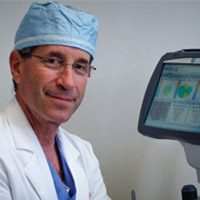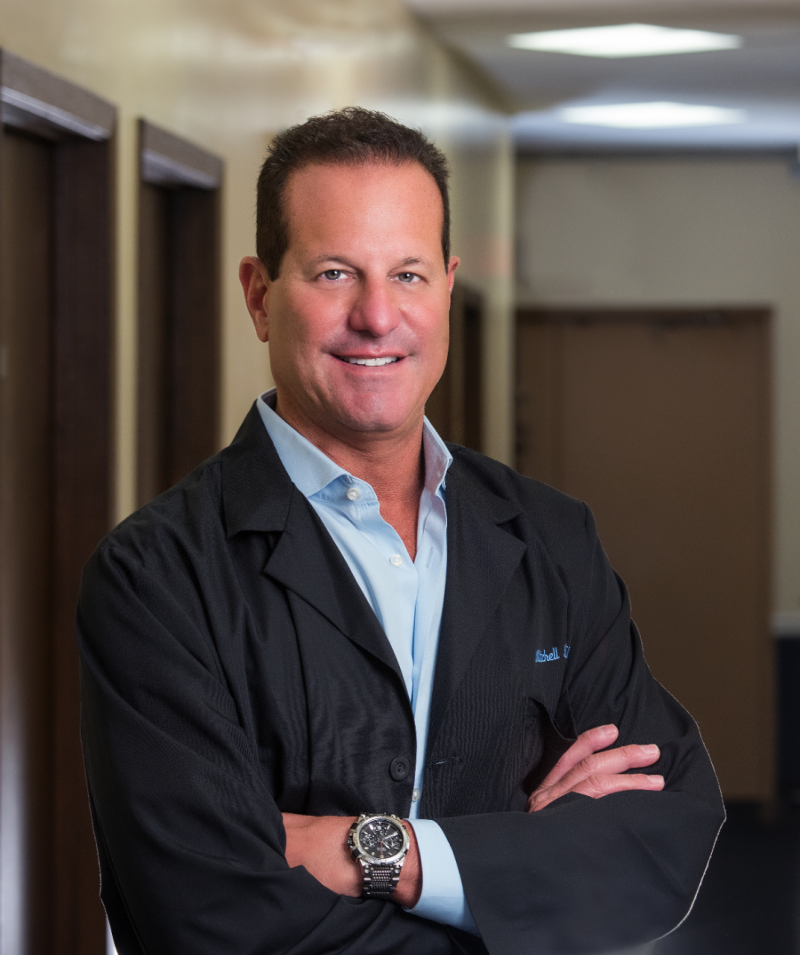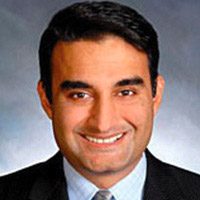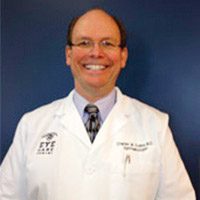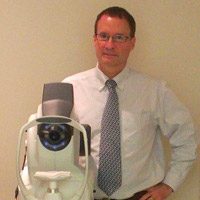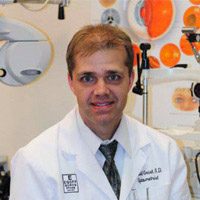We’ve been using the EPIC system from Marco for 10 years in multiple practice locations, and the system is indispensable. The primary reason for getting the EPIC was to get consistent, accurate refractions every time, no matter who did the test or who the patient was. The system also saved us time and money while making technicians and patients happier.
Archives: Testimonials
Richard Prince, MD
The incorporation of the new EPIC automated refraction system along with the TonoRef II into our practice has not only made the routine and post-op refractions more accurate, but has improved our refractive cataract surgery work flow – the post-op interim examinations between the two surgeries is quicker, more accurate and does not require any eye drops. Our technical staff really appreciate the enhancement to their work flow as well!
Mitchell Jackson, MD
We’ve had an EPIC workstation for at least 15 years and the flow from day 1 has improved. We have multiple technicians – it’s great to have the technology. Our flow time between patient limiting factors now is just dilating the pupils – now we are being evaluated by the internet with all these websites and grading your practice and the biggest complaint by patients is our wait time. You have to set expectations obviously so we will tell the patients they will be there for a couple of hours for advanced diagnostics at the same time we need to maximize the flow with the OPD III, OCT, IOL master, etc. Our flow time and efficiency time has really been improved and so far we have gotten some great ratings on the internet.
Faisal Haq, MD
The EPIC refraction system from Marco has been a key addition to our practice that has helped us achieve this improved quality of care while simultaneously improving our efficiency. We purchased our first EPIC system and were so impressed with it that we added a second unit 3 months later. The system comprised of the TRS digital refractor and the integrated OPD-Scan III component, gives us a reliable, fast refraction as well as a detailed corneal analysis that aids us in multiple ways in the pre- and post-operative management of cataract patients.
Charles Collins, MD
Much of the emphasis around autorefraction is placed on the time it saves – with good reason. When I performed the refraction myself, I averaged 10 to 15 minutes per patient. Using the EPIC system, refraction takes just 2 to 3 minutes with my staff; then I validate or tweak the prescription for 1 or 2 minutes for a total of about 5 minutes. That cuts refraction times in half, and translates into me seeing 5 to 10 more patients each day.
Les Friedman, OD
Henry Moore, OD
Anthony Huang, OD
With our old camera, it was challenging and more time-consuming to obtain quality images. There were times that I had to assist the staff with capturing images or retaking a series of images from the beginning. The AFC-330 is certainly faster in obtaining the pictures we need. I also think the integrated software is a really nice way to communicate with patients and show them the results.
Gerald Geist, OD
The AFC-330 has become one of the most important pieces of equipment in my practice. It is something I don’t know how I have practiced without. The speed, true automation and minimal reliance on a technician to perform internal, and even external photos, makes the AFC-330 retinal camera the perfect fit for my busy practice. The included Navis-EX software integrates with our EHR software which makes taking, analyzing, storing and retrieving images as simple as possible. The sales and support staff at Marco are stellar. I highly recommend the Marco AFC-330.
Carleton Fong, OD
We were looking for a camera that obtained quality images and was easy to use. The new camera has done that for us. It was very easy for everyone in the office to learn how to use the device, and it takes quality images quickly and efficiently. Everyone should be able to take good images regardless of experience. Just line up the camera and let it do what it was designed to do. When fully automated, the camera won’t take an image if it detects a patient blinking.


